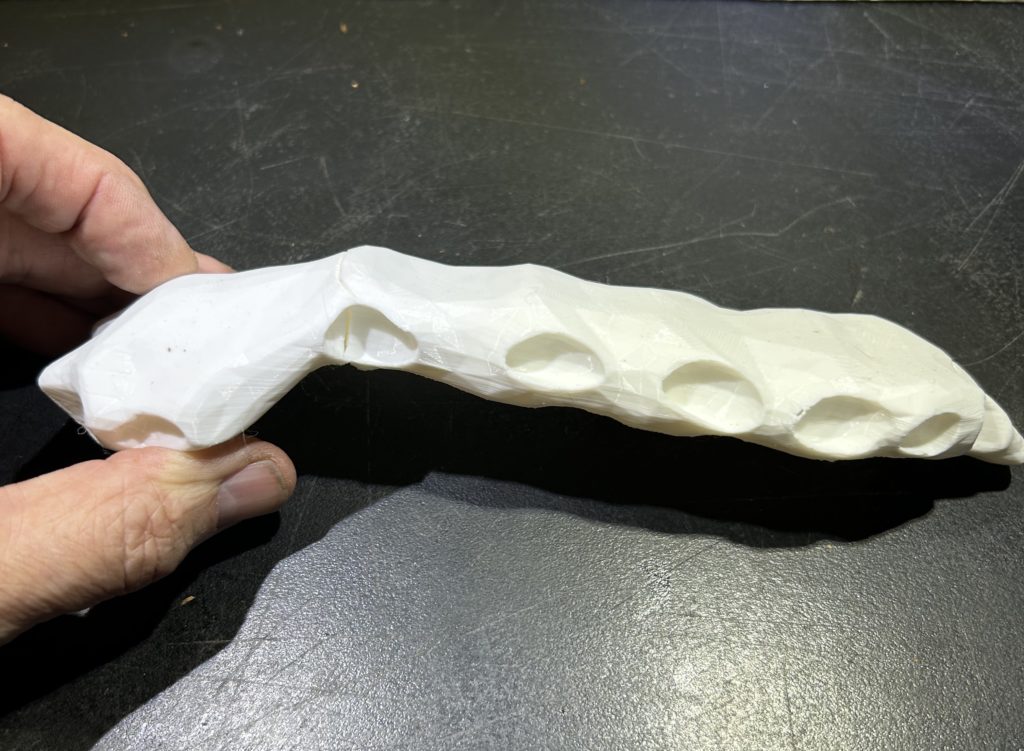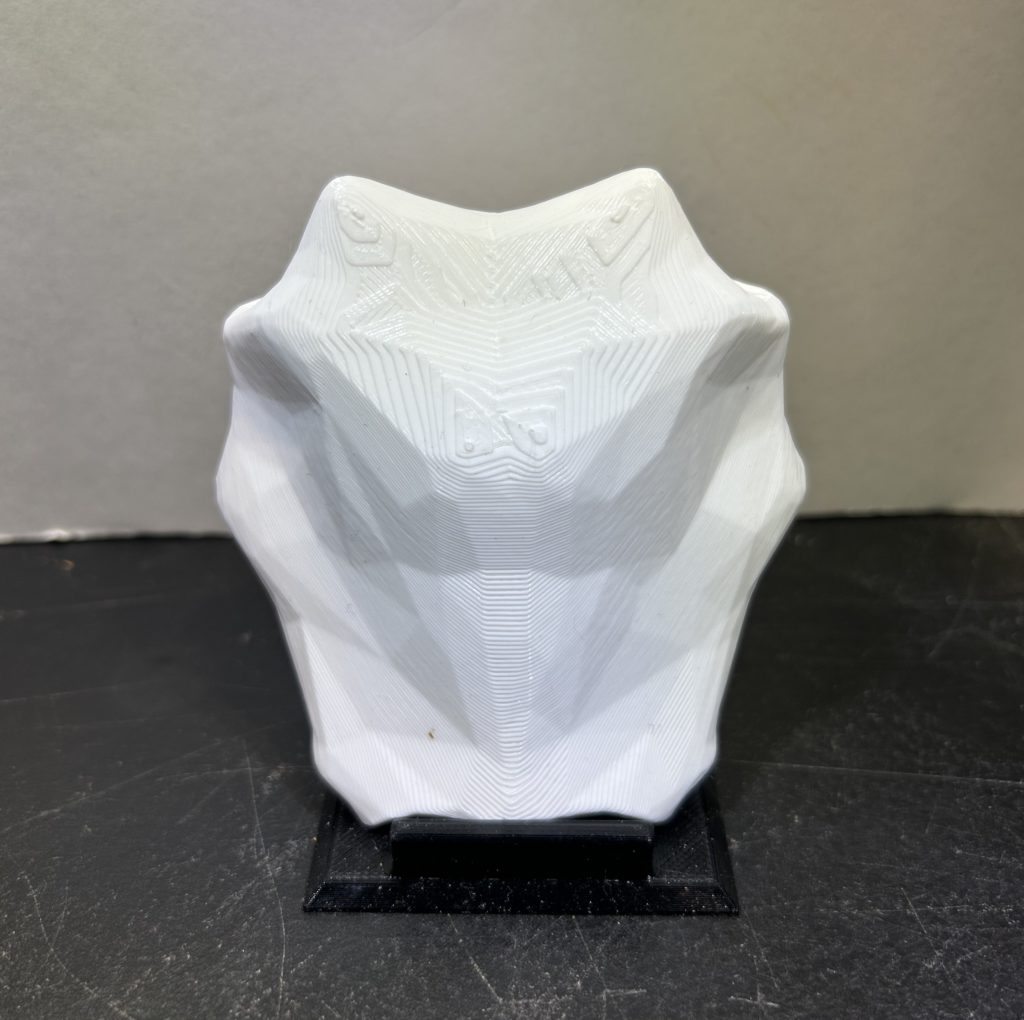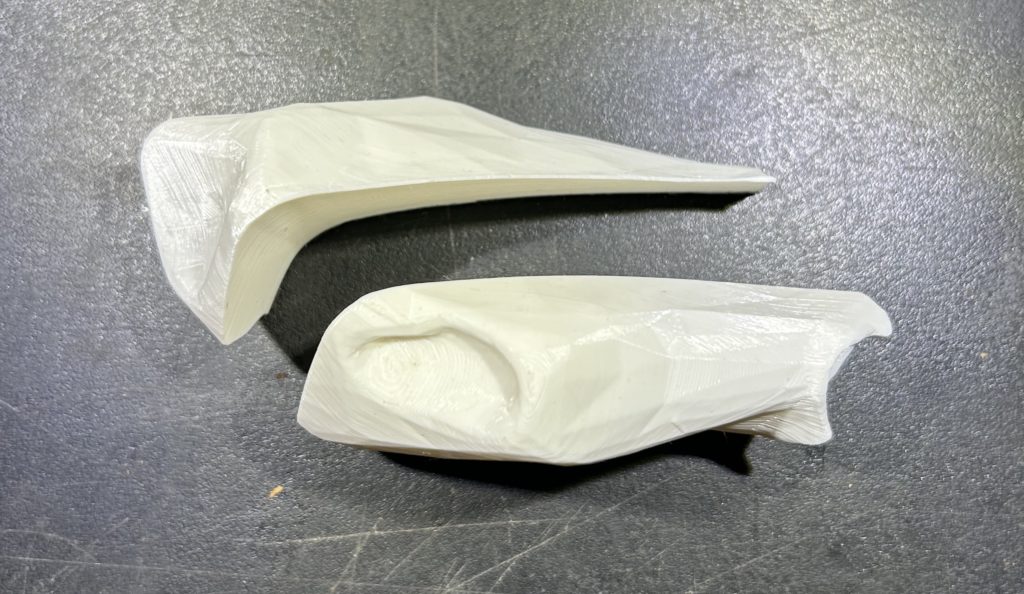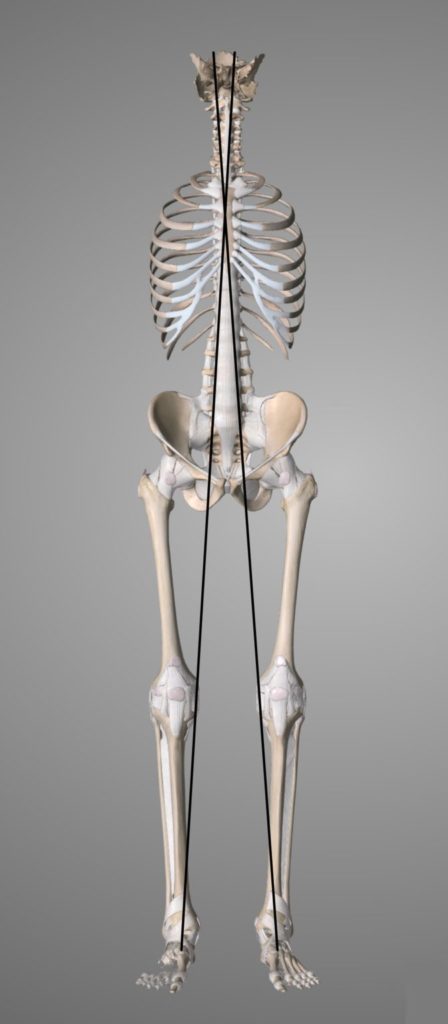INTRODUCTION
Our arms compressionally connect to the rest of our bodies at the joint between our Clavicle and Sternum (not at the shoulders). The Sternum is an assemblage of three bones, the topmost called the Manubrium. Additionally, the Manubrium is the attachment point for the top two ribs which form the “roof” of the ribcage and hinges over the middle bone, or body of the Sternum. The Manubrium is between the fingers in this picture.
The Manubrium is the interface between the arm/hand assemblage and the torso. It is therefore a fascinating bone to study as this is the structural interface between the functional Homunculus1 and the evolutionarily more ancient animal physiology that it rests upon.
The Manubrium also has an essential role in posture and gait mechanics as discussed in the post:
Neck and Shoulder Issues
INTERFACE BETWEEN THE TENSIONAL AND COMPRESSIONAL ATTRIBUTES OF THE BODY
It is an interesting project to attempt to identify the functionally interfacing surfaces of the Manubrium/Clavicle and the Manubrium/Rib Cage structures. These assemblages are foundationally different. The first is intrinsically tensional and the latter intrinsically compressional.
This surface has no known physiological significance to this writer. It is rather a curious artifact to attempt to identify. There is some “wiggle room” as to the absolute slice between these two structural roles. However, after several attempts, this writer thinks this example is within the error bar.
This surface is the load-bearing area of compressional translation to the torso when the arms are used in gait (Crawling). As we evolved beyond the use of forelegs, this surface became an artifact of that transition. It is a significant structural marker of our species and a foundation for further evolution. The video below illustrates a dissection of these two functional attributes:
THE MANUBRIUM/STERNAL HINGE
The Manubrium, in addition to interfacing the torso with the arms through the Clavicle, supports the top two ribs that also connect to the spine at T1 and T2, forming the top of the rib cage. When we breathe, as the Diaphragm pulls downward the ribcage floats up. This is only possible if the Manubrium can “hinge” against the Sternum. This hinge forms an angle between the Manubrium and Sternum visible in the picture.
When this angle is missing, which is common, the ribcage is inhibited from floating upward in respiration, restricting our inspiration. You should be able to palpate a bump on your Sternum at the level of the hinge. If not, the “sky hook” exercise in this footnote is recommended2.
THE MANUBRIUM’S STRUCTURAL ROLE IN THE HPA AXIS
In Mammals, the Manubrium is the third vertex of a triangle that includes the eyes/Sphenoid. This is more apparent in quadruped morphology where these are the dominant front-facing attributes. This forward-facing attribute is a key attribute of evolutionary success, enhancing the study of Cranial Morphology as an evolutionary indicator of successful movement tactics and strategies (fight/stance). This triangle, Eyes, Jaw, and Manubrium, is a foundational morphological/structural expression for our Sympathetic Nervous System(Hypothalamic/Pituitary/Adrenal Axis).
We “verticalized” our quadruped morphology enabling the evolution of more complex neurology and physiology. However, these foundational reflexes and structures underpin that progression.
For us, how we present our Manubrium relative to the position of the rest of our body is a keystone attribute of our body language – how our will is expressed through our bodies. This social signal predates the emergence of primates as the forward/upward presentation of the Manubrium is visible in many mammalian species interactions (it is a reflex communicating standing your ground).
MANUBRIUM IS AN ELEMENT OF OUR LOCOMOTIVE CORE
If the locomotive attributes of our system are isolated, the load lines viewed from the Frontal Plane transect at the Manubrium2.
The vectors connect:
Ball of Foot
Pubis Symphysis
Manubrium (Where the lines transect)
Sphenoid
You can see a hint of this engineering in the shape of the Manubrium.
FOOTNOTES
- Homunculus here refers to the complex neurology and physiology (tool use) which is a hallmark of our species. The word is not used here to infer some form of Cartesian duality extrapolating the concept of free will. ↩︎
- Fortunately, this hinge function can be cultivated through Manual Therapy and movement modifications that are discussed in this post:
NECK AND SHOULDER ISSUES ↩︎ - This concept is explored in greater depth in this post:
GREATER STABILITY THROUGH INSTABILITY ↩︎




